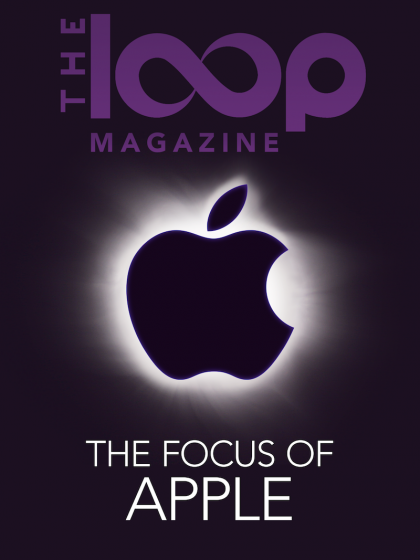Academy Awards are chosen using two different systems, one for Best Picture and one for all the rest of the awards. The non-Best Picture awards go to the nominee with the most votes. Simple. But the Best Picture voting is a whole ‘nother thing.
Unlike the winners of the other categories which are determined by popular vote — i.e, a voter picks just one of the nominees and the Oscar goes to the that nominee with the most votes — the winner of Best Picture is arrived at by a more complicated system. The academy uses preferential voting, as it does to determine nominees in most other races, to determine the winner of Best Picture.
Here’s how preferential voting works:
Voters rank the Best Picture nominees. If one nominee garners more than 50% of the first place votes, it will win Best Picture.
If, as is more likely, no nominee reaches this threshold, the film with the fewest first place votes is eliminated, with its ballots being reapportioned to the second place choice.
Should no film cross the required 50% + one ballot threshold, the film with the fewest first place votes is again elminated, with its ballots being apportioned to the next choice still in play (i.e., if the second place choice is no longer in the running, then the ballot would be reapportioned to the third place choice and so on.)
This process of elimination and reapportion continues until one film reaches at least 50% + one ballots. That is the Best Picture winner.
Put more simply, if a film has one more than 50% of the vote, that film wins. If not, the bottom film is eliminated and those eliminated votes are recounted, going to the second choice on each ballot. Rinse and repeat.
Here are your nominees. Neil Patrick Harris will be hosting tonight. Should be a good show.
UPDATE: Fixed the voting description based on feedback from readers hdort and Irv and this link explaining the Instant Runnoff Voting (IRV) mechanism, also known as alternative vote (AV), transferable vote, ranked-choice voting, or preferential voting. Now the voting makes a lot more sense to me.

